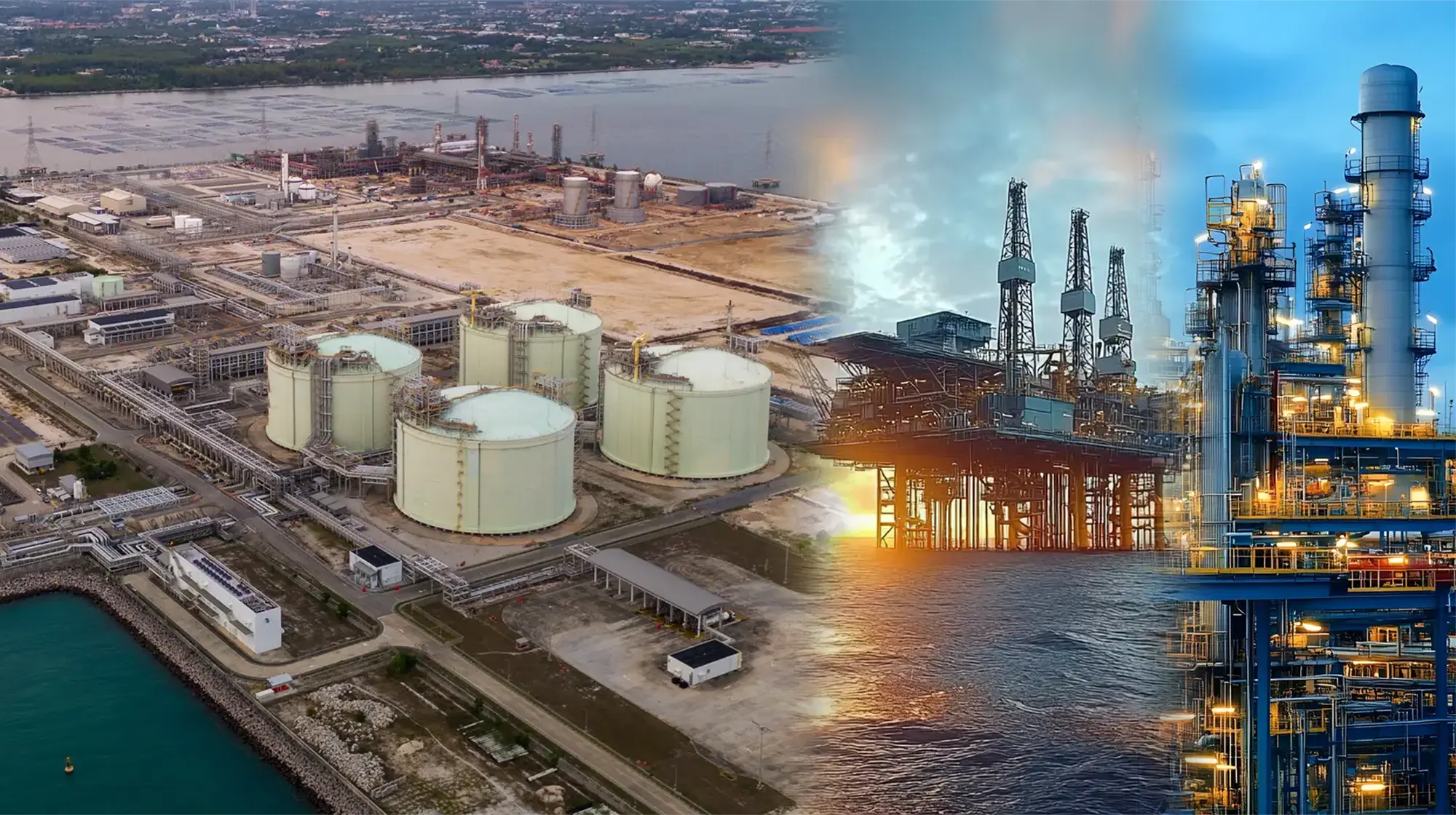Reports related to this article:
Project(s): View 3 related projects in PECWeb
Plant(s): View 3 related plants in PECWeb
Released March 01, 2016 | SUGAR LAND
en
Researched by Industrial Info Resources (Sugar Land, Texas)--During CERAWeek, Industrial Info got the chance to hear from world and industry leaders about the world energy market and especially the emergence of the U.S. As the first 3 billion-cubic-foot commissioning cargo left the Sabine Pass LNG Liquefaction facility--owned and operated by Cheniere Energy Incorporated (NYSE:LNG) (Houston)--last week, the U.S. launched its first foray into the world energy market. Where it would seem counter-intuitive that the U.S. would be cost-competitive with foreign suppliers who can set their own prices and have lower labor costs, the U.S.'s engineering, procurement and construction (EPC) costs per ton-per-annum is lower than the vast majority of projects out of Australasia and Canada that have been approved from 2008 to the present. American export-oriented projects are not islands, and they will require periphery infrastructure and manufacturing in order to continue growing and maintaining a competitive edge.
The cost of U.S. liquefied natural gas (LNG) projects help the country keep its prices competitive, but one other factor of the U.S.'s price's competitive advantage is its transparency. Where other large-scale LNG producers and exporters can set prices as they will, the energy prices in the U.S. are externally visible and explainable from a third party standpoint. This makes them much less of a price fluctuation risk to consumers who are more interested in a long-term stable supply agreement.
As far as markets that the U.S. will serve, contracts with Cheniere and other planned U.S. LNG projects, such as the Cove Point liquefaction plant by Dominion Resources Incorporated (NYSE D) (Richmond, Virginia), indicate that Japan will be a major buyer of U.S. LNG. While the island nation is in line with its Asian neighbors insofar as it is trying to get away from exploitative long-term contracts, it has signed agreements for LNG supply that will last for several years. Reaching the Asian market will be all the easier in the near future as the Panama Canal completes its latest expansion in 2016 to accommodate even larger vessels.
The Panama Canal is just one example of new infrastructure being built that can benefit U.S. energy exports. Expanding the market for U.S. hydrocarbon energy may help shore up the flagging production industry domestically, and increase the number of midstream pipe and terminal projects as more product is moved to port and stored prior to shipment. Another industry to benefit may be shipbuilding itself. With more ships sent overseas, there must be more ships loaded, so an increase in tanker ship construction could also be in the cards.
Industrial Info Resources (IIR), with global headquarters in Sugar Land, Texas, five offices in North America and 10 international offices, is the leading provider of global market intelligence specializing in the industrial process, heavy manufacturing and energy markets. Industrial Info's quality-assurance philosophy, the Living Forward Reporting Principle, provides up-to-the-minute intelligence on what's happening now, while constantly keeping track of future opportunities. Follow IIR on: Facebook - Twitter - LinkedIn. For more information on our coverage, send inquiries to info@industrialinfo.com or visit us online at http://www.industrialinfo.com/.
The cost of U.S. liquefied natural gas (LNG) projects help the country keep its prices competitive, but one other factor of the U.S.'s price's competitive advantage is its transparency. Where other large-scale LNG producers and exporters can set prices as they will, the energy prices in the U.S. are externally visible and explainable from a third party standpoint. This makes them much less of a price fluctuation risk to consumers who are more interested in a long-term stable supply agreement.
As far as markets that the U.S. will serve, contracts with Cheniere and other planned U.S. LNG projects, such as the Cove Point liquefaction plant by Dominion Resources Incorporated (NYSE D) (Richmond, Virginia), indicate that Japan will be a major buyer of U.S. LNG. While the island nation is in line with its Asian neighbors insofar as it is trying to get away from exploitative long-term contracts, it has signed agreements for LNG supply that will last for several years. Reaching the Asian market will be all the easier in the near future as the Panama Canal completes its latest expansion in 2016 to accommodate even larger vessels.
The Panama Canal is just one example of new infrastructure being built that can benefit U.S. energy exports. Expanding the market for U.S. hydrocarbon energy may help shore up the flagging production industry domestically, and increase the number of midstream pipe and terminal projects as more product is moved to port and stored prior to shipment. Another industry to benefit may be shipbuilding itself. With more ships sent overseas, there must be more ships loaded, so an increase in tanker ship construction could also be in the cards.
Industrial Info Resources (IIR), with global headquarters in Sugar Land, Texas, five offices in North America and 10 international offices, is the leading provider of global market intelligence specializing in the industrial process, heavy manufacturing and energy markets. Industrial Info's quality-assurance philosophy, the Living Forward Reporting Principle, provides up-to-the-minute intelligence on what's happening now, while constantly keeping track of future opportunities. Follow IIR on: Facebook - Twitter - LinkedIn. For more information on our coverage, send inquiries to info@industrialinfo.com or visit us online at http://www.industrialinfo.com/.


